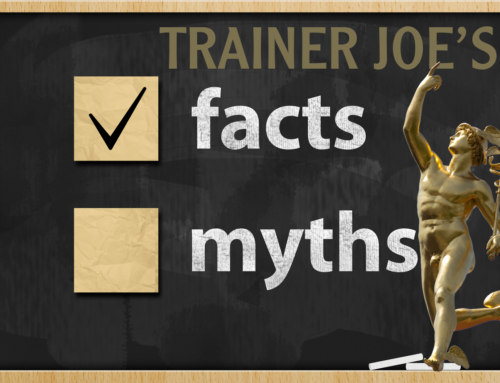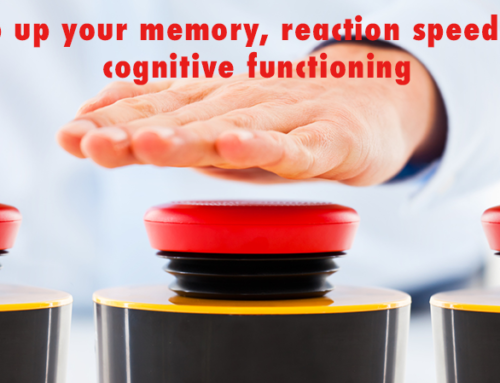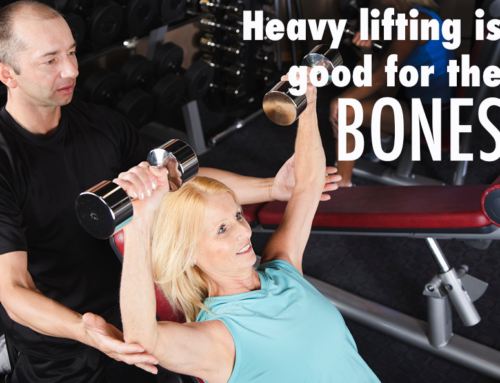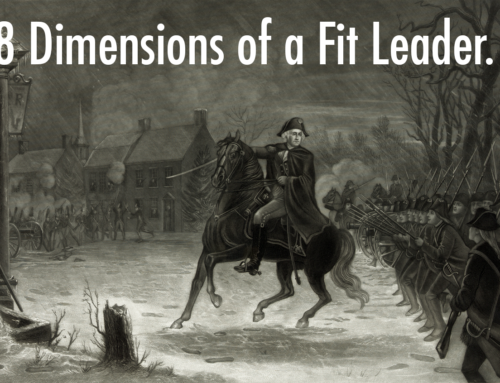As perennial flowers and plants come into full bloom at the Jersey Shore, people are thinking getting their bodies into beach ready shape. Fitness is also a perennial subject that arises this time of year. Quite timely as May is officially “National Physical Fitness and Sports Month” according to the US Government Department of Health and Human Services.
But what is fitness? Is it more than just having a well-toned beach bod? Being “fit” is not a single state of conditioning, but rather a complex and interrelated set of eight components of physical performance. How many components of being fit do you have?
- Strength: This is defined as the ability to move a moderately heavy weight eight to 12 times. Bench-pressing 200 pounds ten times would be an example of having good strength. So would a gymnast performing a routine by controlling her body weight throughout a series of complex and controlled movements, including pressing her body up to a handstand on the balance beam. But wouldn’t this action require balance?
- Balance: This is defined as the ability to know where your body is in relation to itself and to perform tasks while in an unstable environment. The gymnast walking backwards then pressing up to a handstand followed by an explosive dismount is a great example of balance. But wouldn’t the explosive dismount involve power?
- Power: This is defined as how much explosive force you can muster to move a heavy weight just a few times. An Olympic powerlifter performing a clean and jerk, that guy who pulls a moving van on the World’s Strongest Man competition and a defensive lineman blitzing a quarterback are examples of power. But wouldn’t generating tremendous force over a short timeframe involve speed?
- Speed: This is defined as the ability to have quick movements or sustained rapid movements over a predefined duration. Usain Bolt sprinting 100 meters in 9.57 seconds is a world record setting example of speed. So is Anastasia Voinova’s 500-meter bicycle time trial of 32.959 seconds. But doesn’t riding a bike take balance? Are you getting the big picture now…how fitness is so interrelated?
- Flexibility: This is defined as the ability to have a full range of motion about a joint. The gymnast doing a back walkover has good flexibility, as does the 65-year old golfer with a smooth-as-silk 250-yard drive off the tee. The Olympic powerlifter also has great flexibility. But doesn’t the powerlifter have power and balance, too?
- Endurance: This is defined as the ability to repeatedly do the same activity before your muscles quit. Swimming a mile and finishing the NY Marathon are great examples of endurance. What about performing different activities as one does in a Triathlon, involving swimming, biking and running? Don’t the components of a Triathlon require the competitor to have a lot of coordination?
- Motor Coordination: This is defined as a planned pattern of harmonious movements by one or more muscle groups against a force to achieve a predetermined goal. In the NBA, scoring a three-point basket involves gross and fine motor coordination. Since there is a lot of running, stopping, changing direction and jumping, doesn’t playing basketball involves a lot more that just the coordination of shooting the ball? Isn’t stamina involved?
- Stamina: This is defined as the ability to repeat, over the course of an extended time, a series of differing movements, using a variety of muscle groups with power, speed and strength. A basketball game is a great example of stamina at work. Sprinting up and down the court, dribbling the ball, crashing the boards inside, driving to the hoop for seven to ten minutes without stopping involves a high level of stamina.
- What about fitness in the real world? Let’s look at gardening: Digging a hole involves strength and stamina. Lifting a 100-pound arborvitae into a wheelbarrow involves power. Walking the loaded wheelbarrow to the hole involves endurance and balance. Bending down with the shrub to center it in the hole involves flexibility, coordination and strength. Filling the hole with dirt as quickly as possible so you’re not late for dinner involves speed.
As you can see, most activities involve more than one element of fitness. Every age and every stage of our lives may require a new mix. The key to fitness for most of us is to balance all of the elements in such a way that our weaknesses are shored up, our strengths are enhanced and injuries are prevented so that we can live the lives we desire. Looking good at the beach is just a bonus.
Shoot me an email: I’d love to know what elements of fitness you used this week and how you used them.







Leave A Comment
You must be logged in to post a comment.